I talk about mindfulness a lot during my workouts and videos, but what is mindfulness and how do you practice it? For a lot of people transitioning from weightlifting, sports, or just coming off a sedentary lifestyle, mindfulness might not be something you’ve ever heard of or practiced.
To put it simply, mindfulness is living, being, and existing in the present moment, WITHOUT judging or criticizing any of it. This doesn’t mean you’re purging your mind of thoughts or “thinking of nothing”, but rather detaching yourself from your thoughts and feelings.
The foundations of mindfulness are living and appreciating the current moment both physically and mentally, without letting your thoughts, feelings, anxiety, stressors, and etc consume and control your thoughts. We give the task at hand our total and undivided attention, being aware of our thoughts and feelings, but not reacting or judging them.
That might sound hard right? But practicing yoga is an amazing way to also practice mindfulness if you know what you should focus on. I’ll share some facts and more below!
What Isn’t Mindfulness?
Mindfulness isn’t relaxing or thinking about absolutely nothing. You’re not getting a massage and losing yourself to the feeling, or sitting there and disassociating yourself from the world.
You’re mentally focused and aware of your task at hand, the sensations of the physical world, and any thoughts or feelings that might enter your mind. You become the observer of your external and internal worlds, allowing you to truly live and connect with each moment of our lives, no matter how mundane.
What Are The Benefits of Mindfulness?
Mindfulness is a great coping tool designed to reduce your immediate anxiety, stress, and stop new destructive or intrusive thoughts from happening. This helps improve your daily quality of life and also sleep quality.
One study showed that yoga and mindfulness help your body get out of the “fight or flight” mode and enter the “rest and digest” mode. Another empirical review of mindfulness showed that it decreases emotional reactivity and improves behavioral regulation.
Mindfulness allows you to take a step back and calm yourself, allowing yourself more mental clarity to make decisions and rationalize thoughts. This allows you to feel and understand your feelings and thoughts without judgment and rashness.
Benefits of Mindfulness for The Everyday
Mindfulness, as an everyday practice, can help manage daily stressors and relieve anxiety or feelings of depression that have built up throughout the day. Maybe you’re stressing about what to make for dinner. It’s something small, but mindfulness can help to bring you back to the present and understand that it’s a manageable task. Sometimes you just need to take a step back from all your thoughts to think better. (Sounds funny, I know)
Benefits of Mindfulness for Big Life Changes
For more drastic events such as career changes, large life changes, a death, divorce, or even relationship changes, mindfulness can be an incredible tool to calm your anxiety and runaway thoughts.
Oftentimes, when these large events happen in our lives, we tend to have racing thoughts. These include all the “what if’s”, regrets, self-doubt, and other destructive feelings. In other words, what consumes your mind controls your life. If we let these thoughts get out of control, we tend to lose ourselves and prepare for the absolute worst-case scenario.
If we let those thoughts take hold, we’ll sink deeper into them until they completely overwhelm us. That’s why mindfulness is so important, especially during these critical times in your life.
Practicing mindfulness with yoga, breathing techniques, and being in the PRESENT moment lets us pull ourselves out of our toxic thoughts. This gives us time to destress, feel better, and actually constructively think about the events that are transpiring. This is how mindfulness can change your life.
What Is Informal Mindfulness?
We can practice mindfulness throughout the day without having to set a particular time to completely focus on it. This can be referred to as “informal mindfulness” or “focused awareness”.
Paying particularly close attention to a task and focusing on the sensation it presents is an example of informal mindfulness.
This can be as simple as focusing on how your feet feel while you stand, how the water feels as you wash the dishes, or even how the wind and sun feel on your skin as you sit outside. You’re bringing your attention to one particular thing happening in the present moment. This is how you would practice mindfulness every day.
Practicing informal mindfulness as we perform our day-to-day activities can actually help to significantly reduce and manage the stress we experience every day, leading to a higher quality of life.
What Is A Formal Mindfulness Practice?
A formal mindfulness practice means setting aside time to practice merging “focused awareness” and “peripheral awareness”. What does that even mean you ask?
Focused awareness is often referred to as an anchor. Because your mind can only truly focus on one thing at a time, this anchor can be your breath, sound, sight, or body sensation.
For those multi-taskers out there, you’re not focusing on multiple things at the same time, but rather switching focus quickly and effectively. This is not the point of mindfulness or focused awareness, so try to hold your attention to your anchor.
The other side of a formal mindfulness practice is practicing “peripheral awareness”, which is feeling the totality of your body without any particular focus. This might be difficult at first. If your peripheral awareness shifts to a particular feeling or discomfort in your body, then you’ve shifted to focused awareness.
Finding a balance between these two types of awareness is the goal of a formal mindfulness practice. I recommend practicing the two parts separately at first, before trying to find the balance between the two.
This type of mindfulness can be done as a yoga practice, sitting and listening to a guided meditation, or eventually guiding yourself through the process.
Ways to Anchor in Mindfulness or “Focused Awareness”
There are many ways to anchor and practice focused awareness. Many of which can be used in a mindfulness meditation practice. I’m going to list a few off here that aren’t entirely yoga-focused.
Breath as An Anchor
As I like to say, control your breath; control your body. But we can take this one step further because controlling your breathing can also help you control your thoughts, feelings, and mind to some level.
To practice mindful breathing, focus on how the breath enters your body as it travels down your nostrils, expands your chest, and exits your body. Notice the cool sensation as you inhale, the sensations as it travels, and the warmness as it exits.
In some practices, the breath has 5 stages, and noticing each one of those stages can also be very anchoring. There are the stages:
- The Inhale
- The pause as the inhale finishes
- The hold
- The exhale
- The pause at the exhale finishes
As your mind starts to wander onto thoughts or emotions, we can simply observe them, then bring our attention back to our breathing – anchoring us.
Sounds as An Anchor
Sound can also be a great tool for anchoring your awareness. This is something more practiced in self-mediation or meditation classes. However, you can still practice this on your own, if you know what you’re looking for in your execution.
We hear sounds all day from music, people talking, and ambient sounds, but using sound as an anchor requires active listening.
The most common practice using sound as an anchor involves using singing bowls, quartz bowls, and bells to guide the listener. As you listen to sounds, try to focus on them without labeling them, commenting on them, or judging them.
Examples of other sounds you can use are:
- A recording of simple sound in nature
- A repetitive sound like a drum
- A simple chant
- Repeating a word whose quality you’d like to bring to your awareness
- Music that is simple (no lyrics)
Hear the sounds manifest not only through hearing but also the tactile nature of the physical vibrations of the sounds. Let this be your anchor.
Science is catching up with how sound affects us, but a review of over 400 published scientific articles on music as medicine found strong evidence that music has physical and mental benefits in reducing our stress and improving mood.
Sight as An Anchor
Sight can also be used as an anchor. Because our eyes can only focus on one thing at a time, we can this attribute to our advantage, when it comes to finding focused awareness in the present moment.
While you’re in your mindfulness practice, try to focus on a single point. This can be a speck of dirt, a dot on the wall, or a spot on your body (if you’re moving around in yoga practice).
Don’t let your eyes wander and just be fully aware of that one thing. However, the hard part is trying not to comment on it, label it, or judge it in any way. You are simply observing this one spot with undivided attention.
How Does Yoga Help with Mindfulness?
Yoga at its core is a physical and mental practice blending movement and breathing into both a workout and a mindfulness practice.
Postures and movements help you experience and connect with your peripheral awareness, while your breathing helps anchor you and challenges your focused awareness, leading to a state of mindfulness.
Looking For A Program?
If you’re interested in starting a yoga program with Man Flow Yoga to gain mindfulness, strength, flexibility, and mobility, BUT don’t know where to start, we got you covered. Give our FREE 7-Day Challenge a try. Sign-up below! Signup for the FREE 7-Day Challenge
What Does Mindfulness Mean in Yoga?
Mindfulness in yoga means anchoring yourself to the present moment and using movement and breath to bring awareness to your mind and body. You can practice mindfulness in yoga in several different ways. The techniques all revolve around breathing but the form of physical activities and movement might be different, ranging from Hatha Yoga, Yin Yoga, and Vinyasa Yoga. All of these are examples of mindful yoga practices but by no means is this list exhaustive.
Man Flow Yoga’s Approach
Our approach to mindfulness is found in combining the physical practice of strength-based yoga with breathe work. This is most closely related to Hatha yoga if we want to get technical.
Of course, there are differences. Man Flow Yoga combines elements of weight training, pilates, and yoga to create a well-structured comprehensive workout that targets strength, mobility, and flexibility.
This is all paired with breathing to enter a state of mindfulness.
As you go through postures and hold them, you’ll notice that your body reacts to breathing in a very particular way. With each inhale and exhale, you can deepen each pose even if just a little. You’ll focus inward and notice each breath and how it affects the sensations of your body.
Even if you’re holding a hard pose for a long time such as a Chair pose, you can always bring your awareness to both your breath and body, leading to mindfulness. Even if your mind wanders off to other thoughts and stressors, try to use the anchor of breath and movement to re-enter the present moment.
As you practice this double awareness more and more, it becomes easier to enter a state of mindfulness. Being conscious of what you’re trying to achieve and your intentions for the day can also help with achieving mindfulness.
The Body Scan Approach (Yin Yoga)
There’s a more restorative and meditative approach to yoga and mindfulness. This approach is often called “Yin Yoga” which has you hold restorative poses for several minutes. As you do this, you’re asked to focus on deepening your breath and scanning your body for sensations.
As you sit in a pose such as “Thread the Needle”, you’ll focus your awareness onto your breath to deepen, relax, and sink into the posture more and more. Along with that, you’ll scan your body from head to toe and notice how your body feels in the position in correlation to your breath, rooting yourself in the present moment.
Eventually, you can hit a state of focusing on your deep breaths and being aware of how your whole body feels in its totality, leading to a strong sense of mindfulness.
Vinyasa Yoga & The Flow State
The most popular type of yoga in the United States would have to be Vinyasa yoga, where you smoothly flow from pose to pose. Practicing mindfulness in this type of yoga is also centered around using the breath as an anchor.
As you move from pose to pose, you’ll either exhale or inhale to trigger the next movement. Usually, your yoga teacher or instructor will tell you the sequences and breath cues. As you flow from pose to pose, notice how the breath works to smoothen the transition. Notice how your body feels as you move from pose to pose.
Bring awareness to how the breath helps strengthen your core but also helps you soften into other poses.
For some people, this flow of movement and breathwork results in a “flow state”, which is a kind of mindfulness. It’s a kind of mental state, where the person performing the activity is fully immersed in the feeling of energized focus, fully involved in the present moment, and enjoying the process of the activity.
Final Thoughts
There are many ways to approach mindfulness from meditation, informal practices, and, of course, YOGA! If you’re not used to practicing mindfulness, practicing yoga is a great way to start. You can jump into some yoga classes, find online resources to follow along to, or give Man Flow Yoga a try.
You can check out our Free 7-Day Trial or swing by our YouTube Channel to check out all our free workouts!
Additional Resources
About the author, Dean Pohlman, Founder & CEO of Man Flow Yoga, Author of Yoga Fitness for Men, Expert on Yoga Fitness for Men.
Looking for non-spiritual, yoga for men workouts?
Learn More About Man Flow Yoga and how it can help you with your fitness goals:
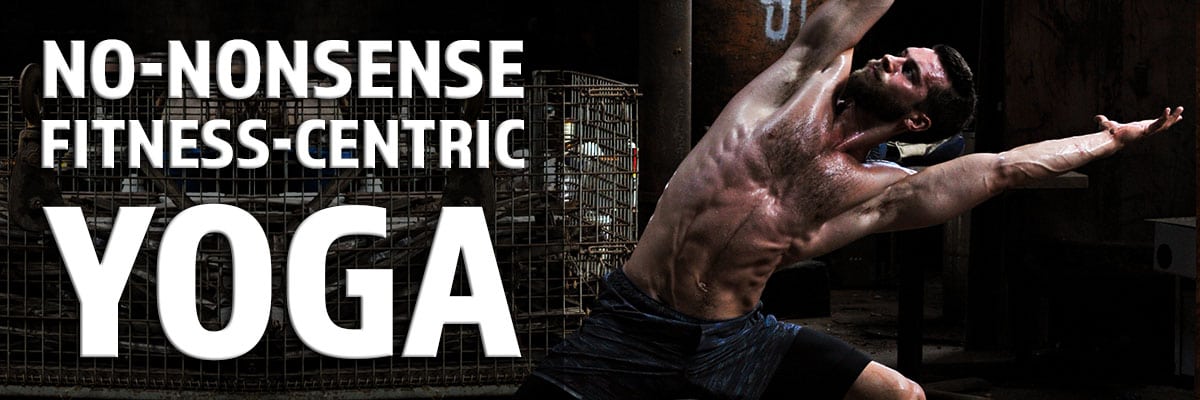 Join Today for Instant Access!
Join Today for Instant Access!
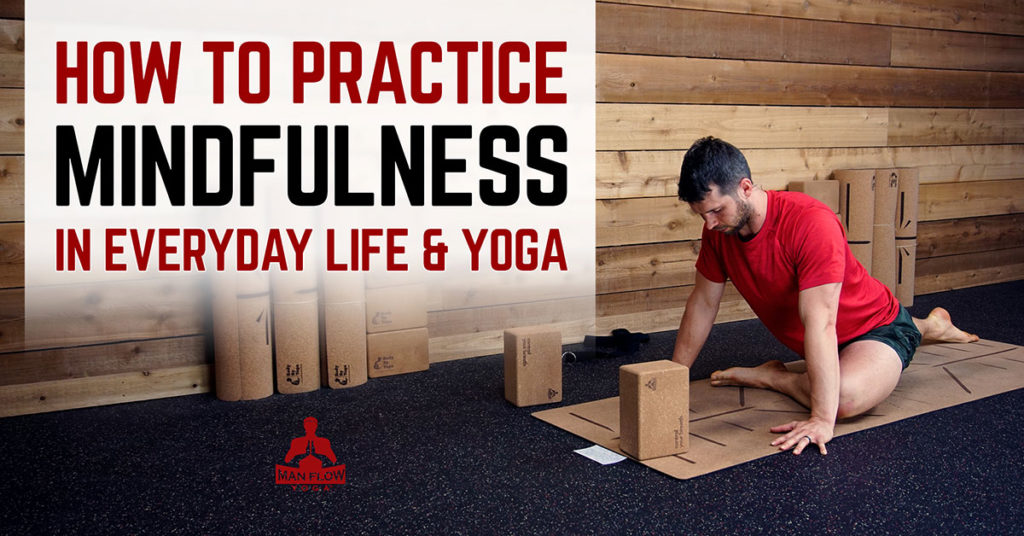
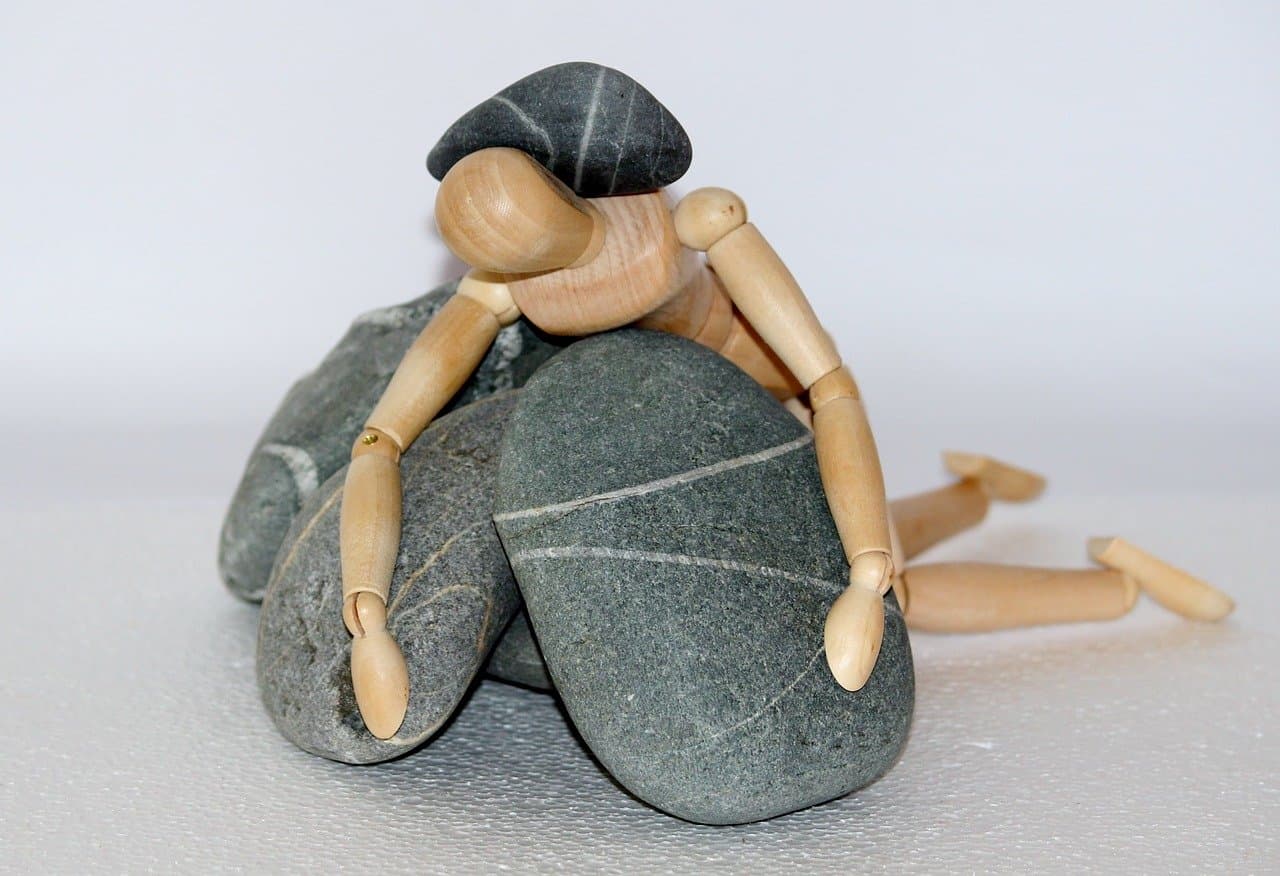

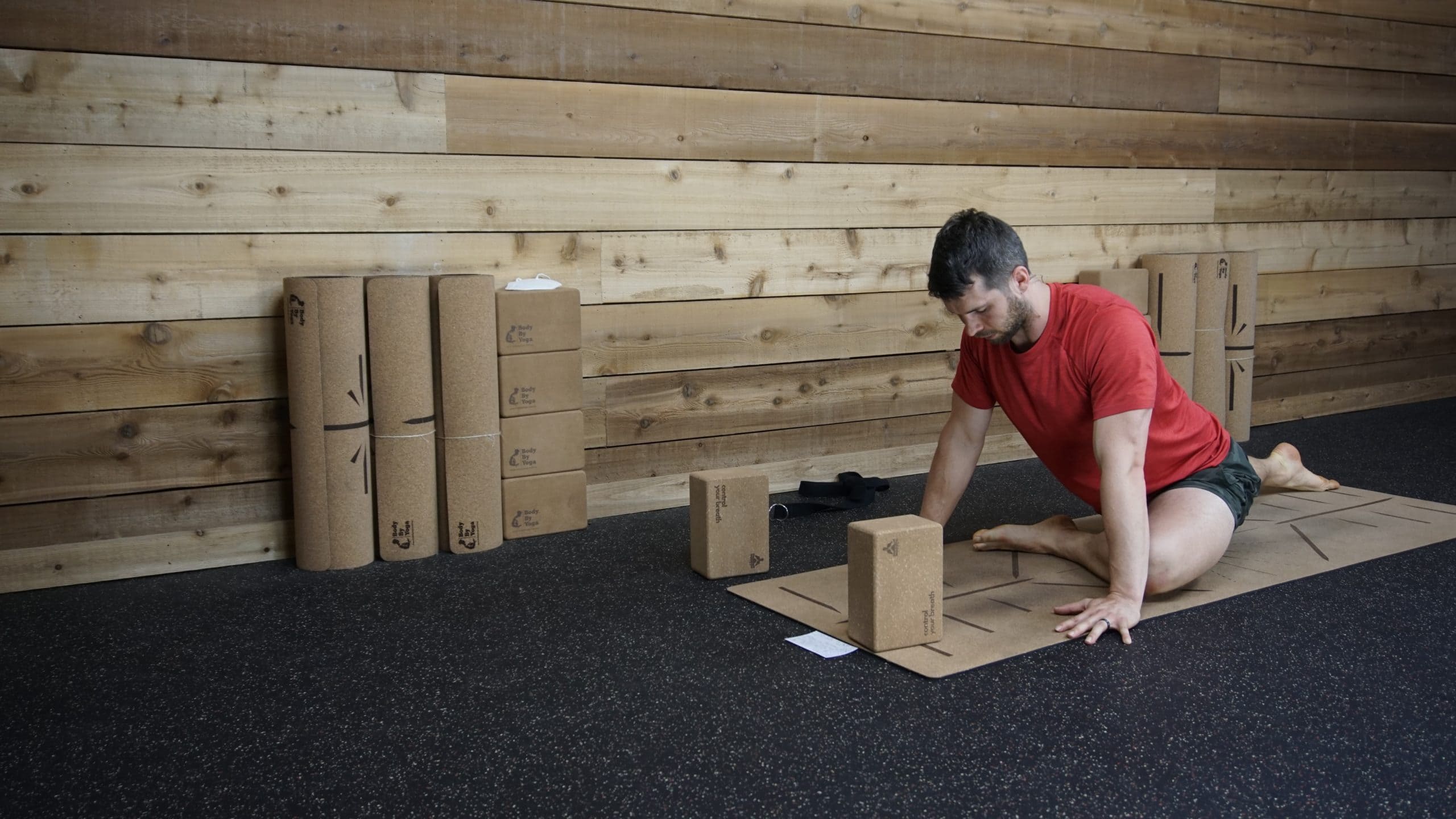
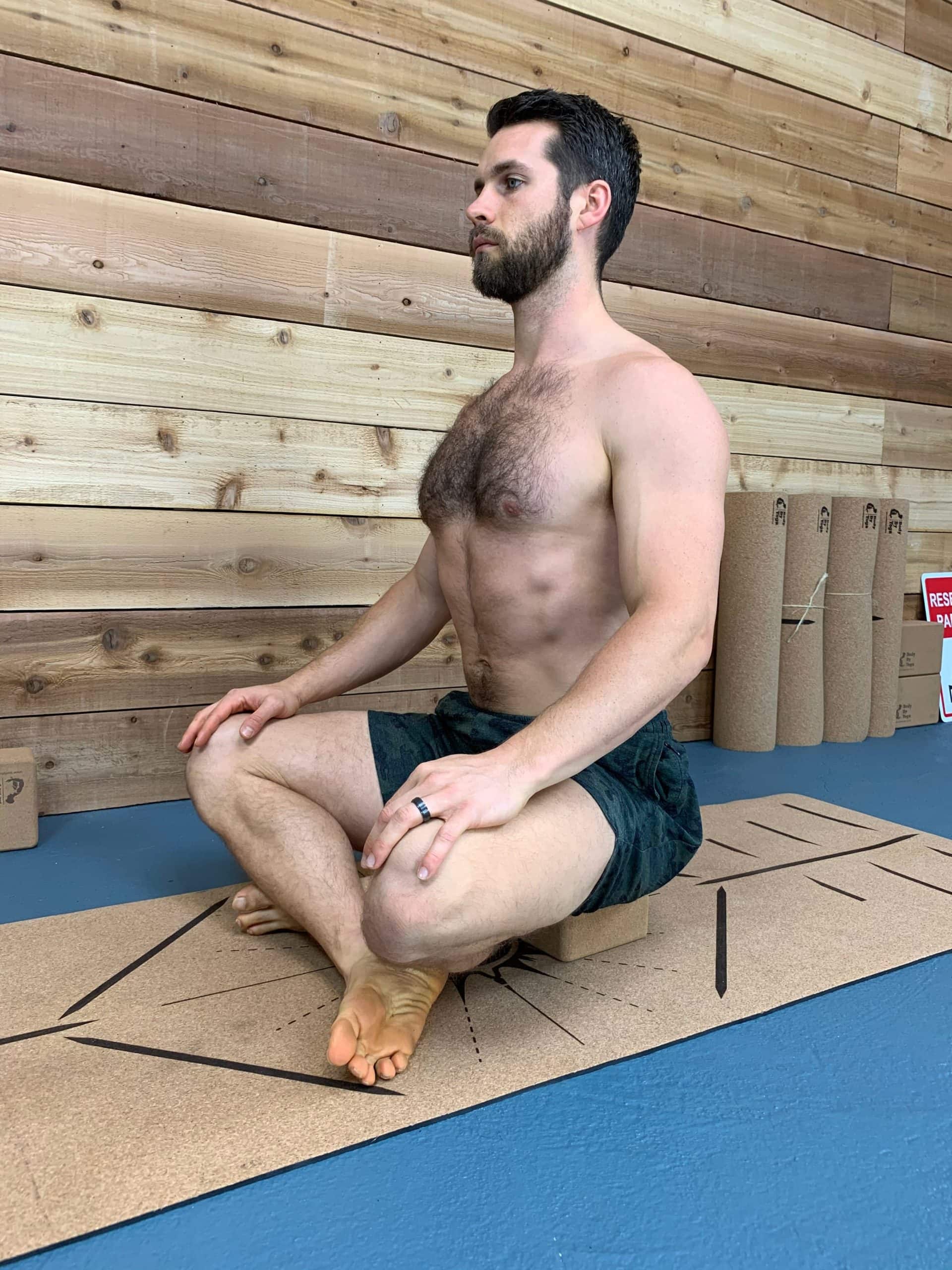





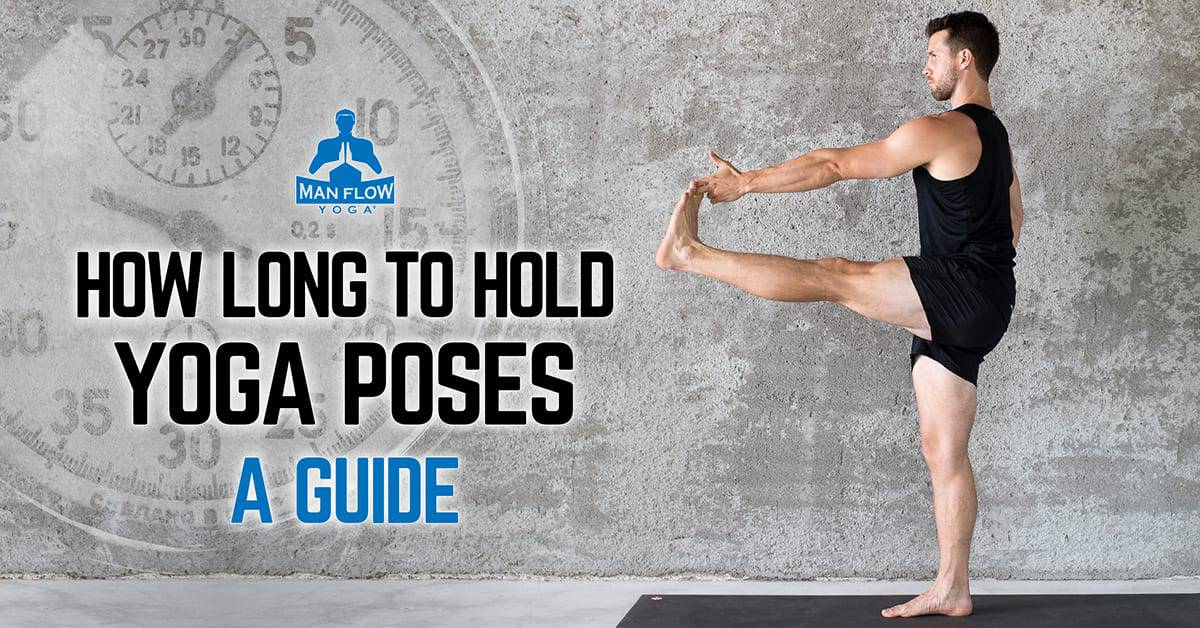
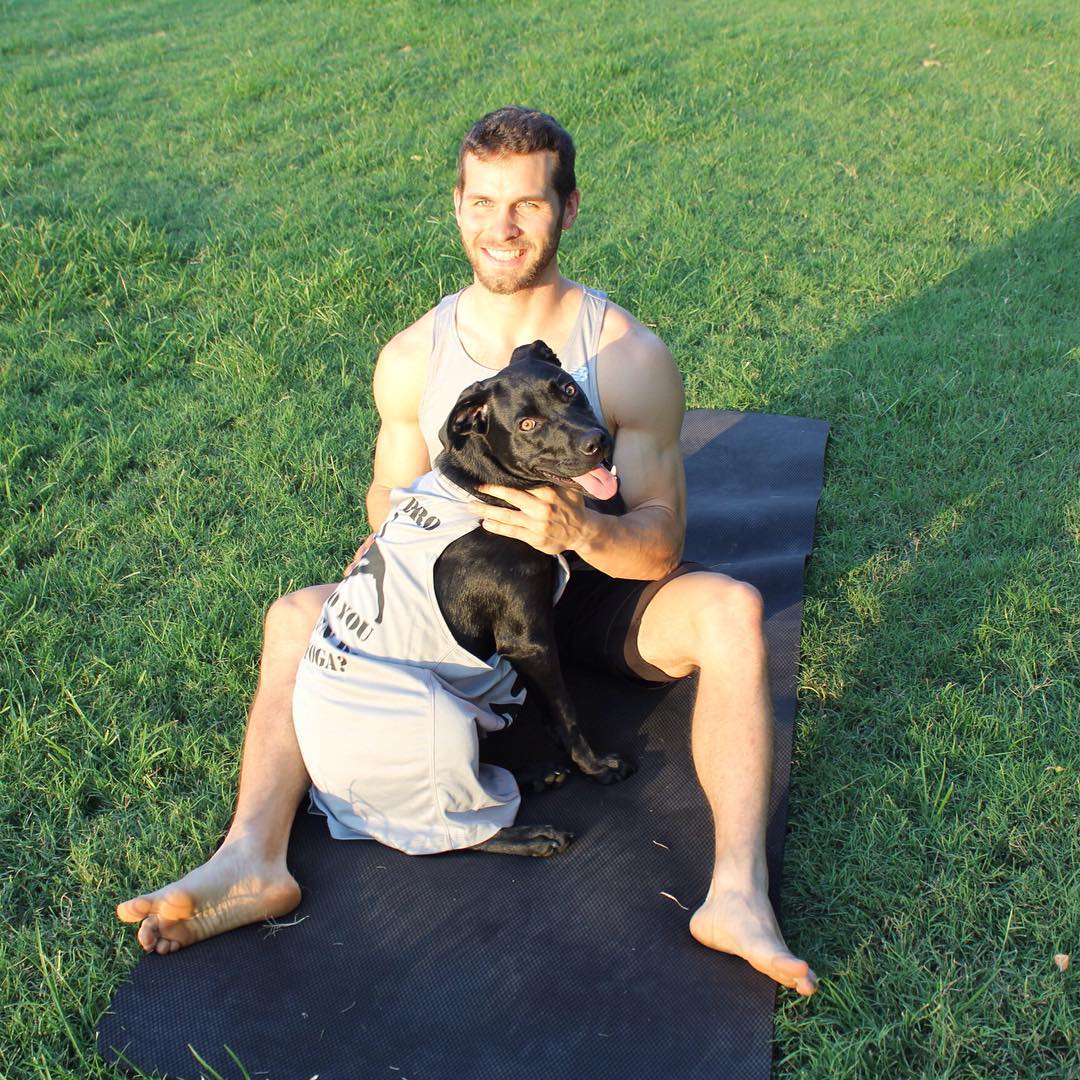
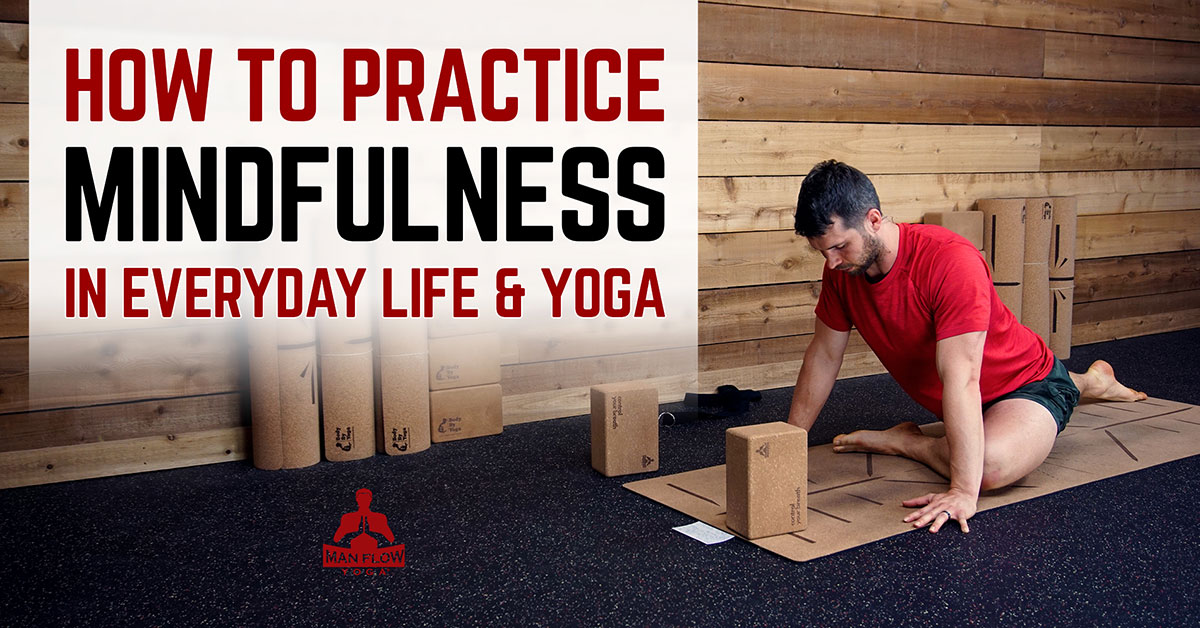
Great input Kitsune!